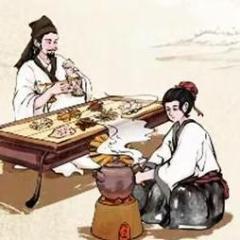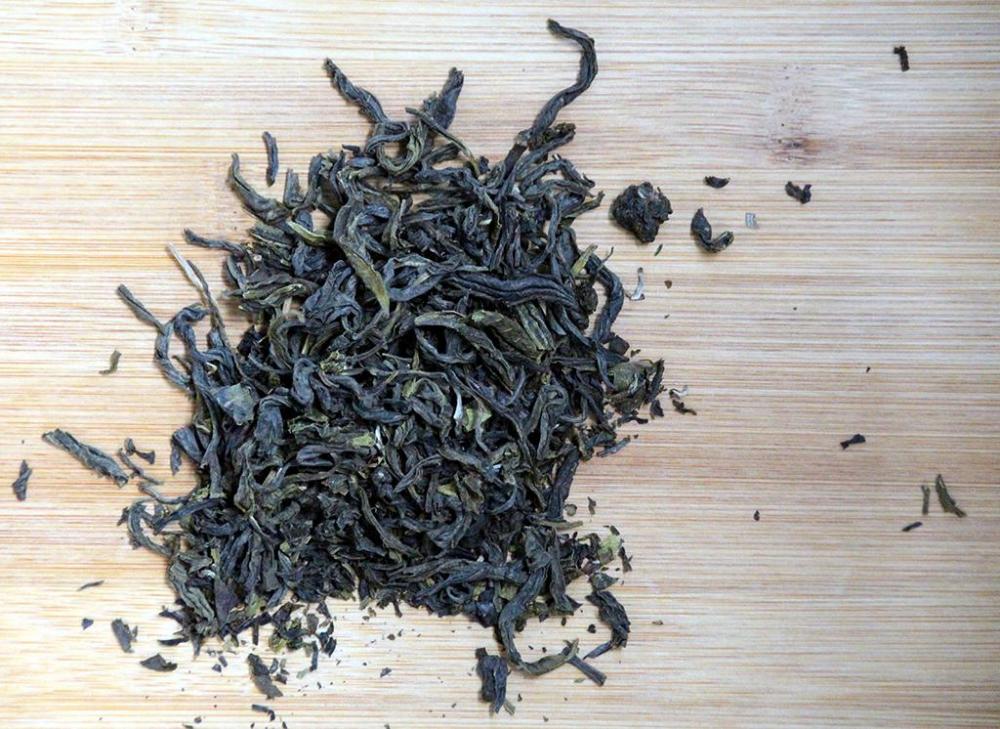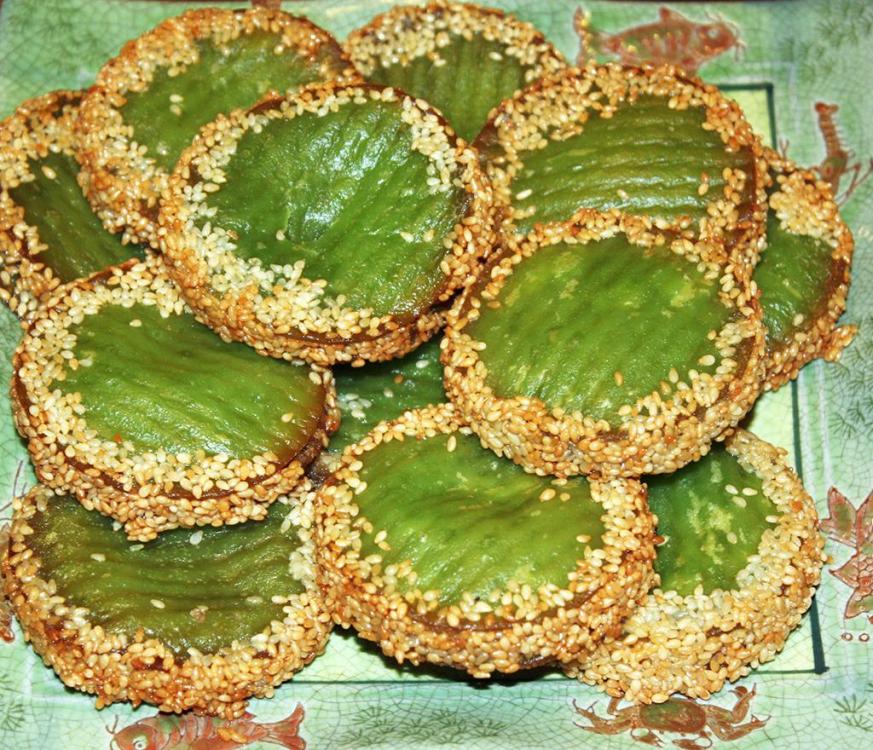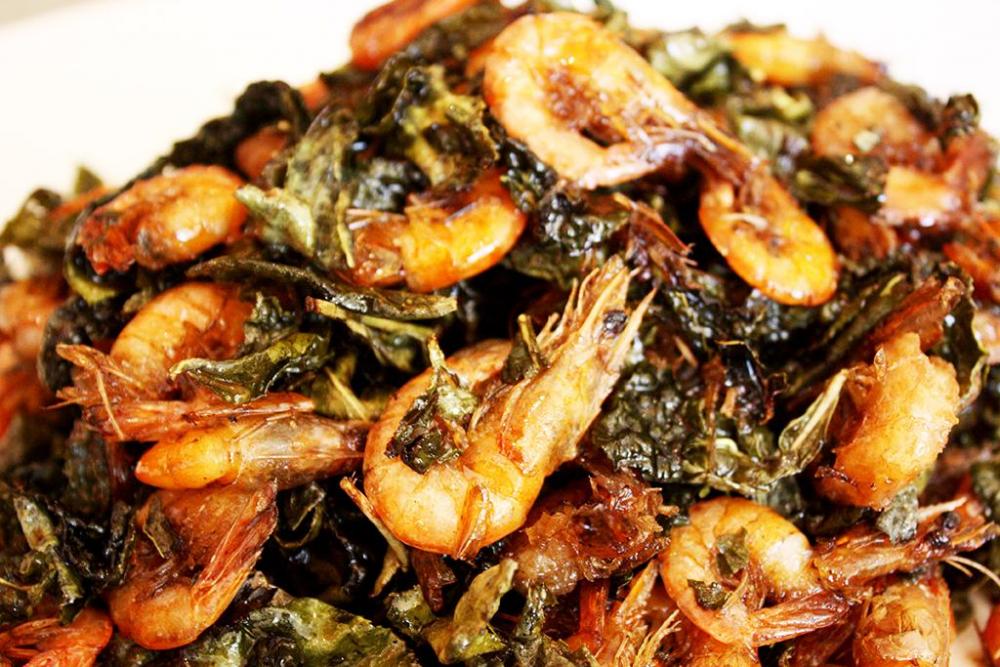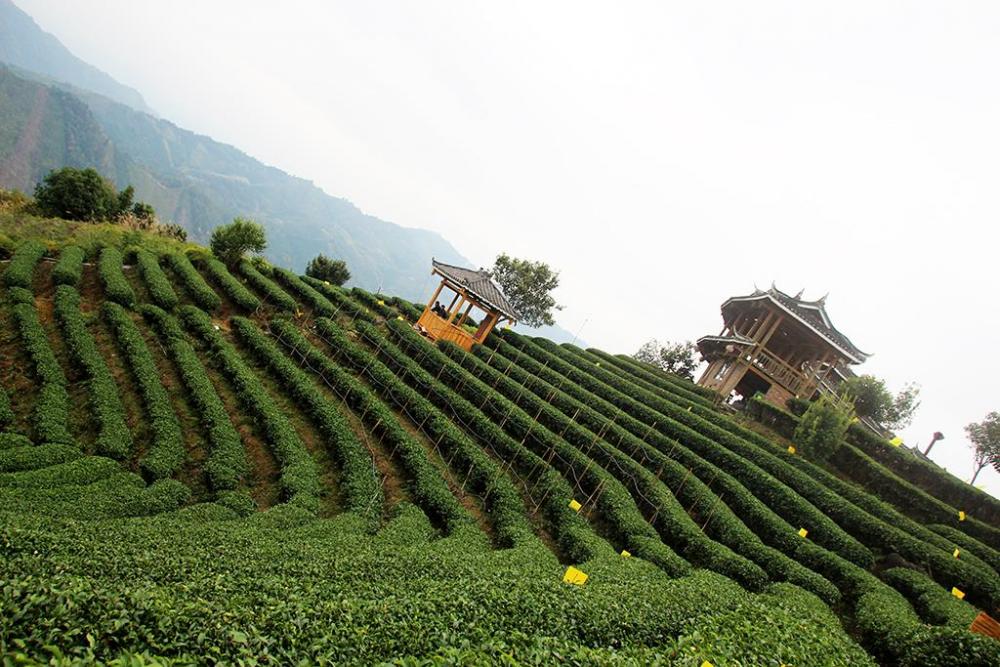27. 茶 (chá) – Tea – Camellia sinensis
Tea in Liuzhou market
I guess most people don’t think of tea as a herb, but of course, it is and aside from making a refreshing cuppa, it is used just like any other herb. Both green and black teas are used. Note 'black tea' is known in China as 红茶 (hóng chá) or 'red tea', which I venture to suggest, is more sensible.
Tea, as I’m sure everyone knows is native to China; specifically the south-west of the country, especially Sichuan, Yunnan provinces and Tibet. There is credible evidence that a cup of tea was not unknown in China in the 3rd century AD, although it was really during the Tang dynasty (618 – 907) that its use became widespread and spread beyond China’s borders. China remains the largest producer with around double the cultivation of its nearest rival, India.
I’m not going to dwell on its use for the popular drink; I’m not really a tea drinker. Instead, I want to look at other culinary applications.
Liuzhou's local tea
I’ll start with 抹茶 (mā chá). I guess most of you know matcha, even if you never use it. Almost every website* tells me this is Japanese. Wrong! Matcha (the Japanese transliteration), like so many other “Japanese” dishes (sushi, ramen, etc.), originated in China. In 1191, during the Song dynasty (960–1279) tea was introduced to Japan along with that other “Japanese” favourite Zen Buddhism. Matcha and the “Japanese” tea ceremony are described in great detail in 禪苑清規 (chán yuàn qīngguī) or Chanyuan Qinggui (Rules of Purity for the Chan Monastery) by Chinese monk 長蘆宗賾 (cháng lú zōng zé), published in 1103 - nearly a century before any Japanese laid eyes on tea.
Matcha
Matcha later fell out of favour in China, but its use continued in Japan. In recent years, it has seen a resurgence in China, being used in many confectionery items and baked goods as well as drinks.
Sticky rice, green tea and sesame seed cakes
But, it doesn’t stop there, tea leaves are used in everything from ice cream to stir-fries. It is used as the smoke source for smoked meats, especially duck. 樟茶鸭子 (zhāng chá yā zi) Sichuan tea-smoked duck is wonderful. It is a complicated dish to make at home, but Fuchsia Dunlop has a simplified recipe for home use in her The Food of Sichuan (eG-friendly Amazon.com link). Lapsang Souchong (正山小种 - zhēng shān xiǎo zhǒng) makes a great rub or marinade ingredient. Its smoky flavour is a perfect, and more nuanced, substitute for liquid smoke.
One of my favourites, which I regularly make, is stir-fried shell-on shrimp with green tea, a speciality of Hunan, where they make it with freshwater shrimp from Dongting Lake. I use sea shrimp and the local tea. Or sometimes 龙井茶 (lóng jǐng chá), Dragon's Well tea from Longjing Village, Hangzhou, in China's eastern, Zhejiang province.
Deep-fried crunchy tea leaves are a good accompaniment to stir-fries and to rice porridge etc.
This website gives a number of very attractive recipes for cooking with tea - not specifically Chinese though.
*Most surprisingly, Wikipedia is one of the few which gets the origin correct, but then mucks it up by giving the wrong pronunciation for the Chinese name. But they all get that wrong! Oh well!
Tea terraces in Sanjiang, Liuzhou Prefecture

